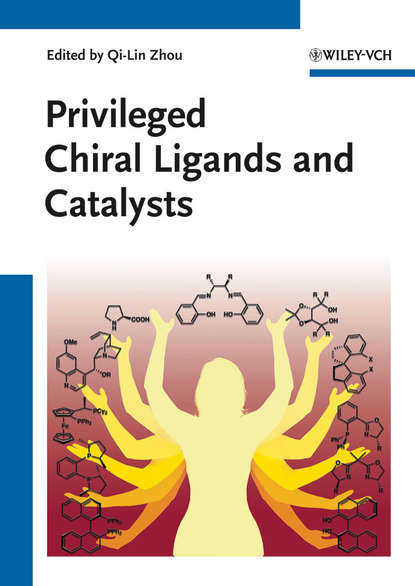
Privileged Chiral Ligands and Catalysts скачать fb2
Qi-Lin Zhou - Privileged Chiral Ligands and Catalysts краткое содержание
Catalytic asymmetric synthesis has been one of the most active research areas in chemistry (Nobel Prize in 2001). The development of efficient chiral catalysts plays a crucial role in asymmetric catalysis. Although many chiral ligands/catalysts have been developed in the past decades, the most efficient catalysts are derived from a few core structures, called «privileged chiral catalysts». This ultimate «must have» and long awaited reference for every chemist working in the field of asymmetric catalysis starts with the core structure of the catalysts, explaining why a certain ligand or catalyst is so successful. It describes in detail the history, the basic structural characteristics, and the applications of these «privileged catalysts». This novel presentation provides readers with a much deeper insight into the topic and makes it a must-have for organic chemists, catalytic chemists, chemists working with/on organometallics, chemists in industry, and libraries. From the contents: * BINAP * Bisphosphacycles – From DuPhos and BPE to a Diverse Set of Broadly Applied Ligands * Josiphos Ligands: From Discovery to Technical Applications * Chiral Spiro Ligands * Chiral Bisoxazoline Ligands * PHOX Ligands * Chiral Salen Complexes * BINOL * TADDOLate Ligands * Cinchona Alkaloids * Proline Derivatives
Чтобы оставить свою оценку и/или комментарий, Вам нужно войти под своей учетной записью или зарегистрироваться



